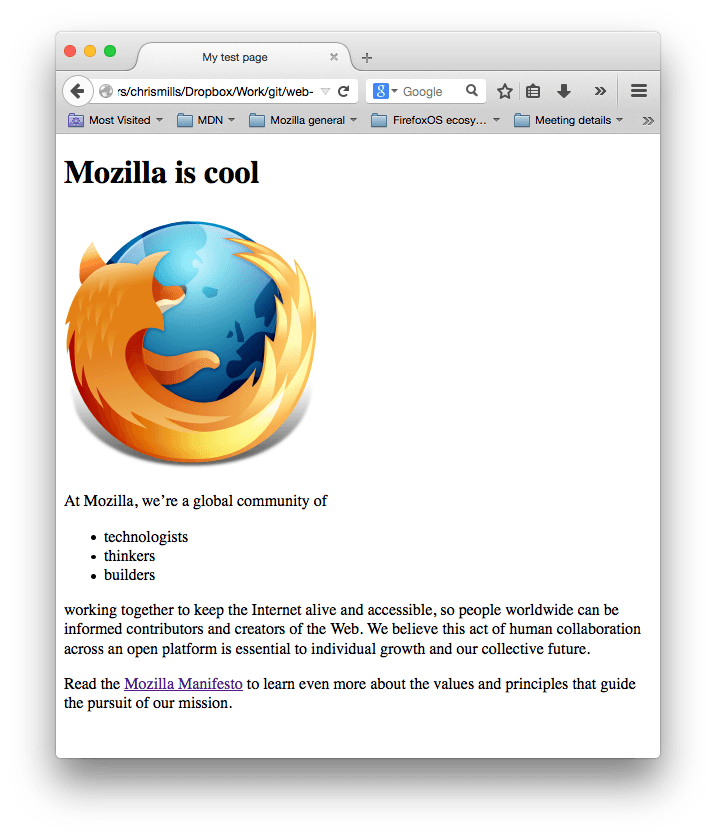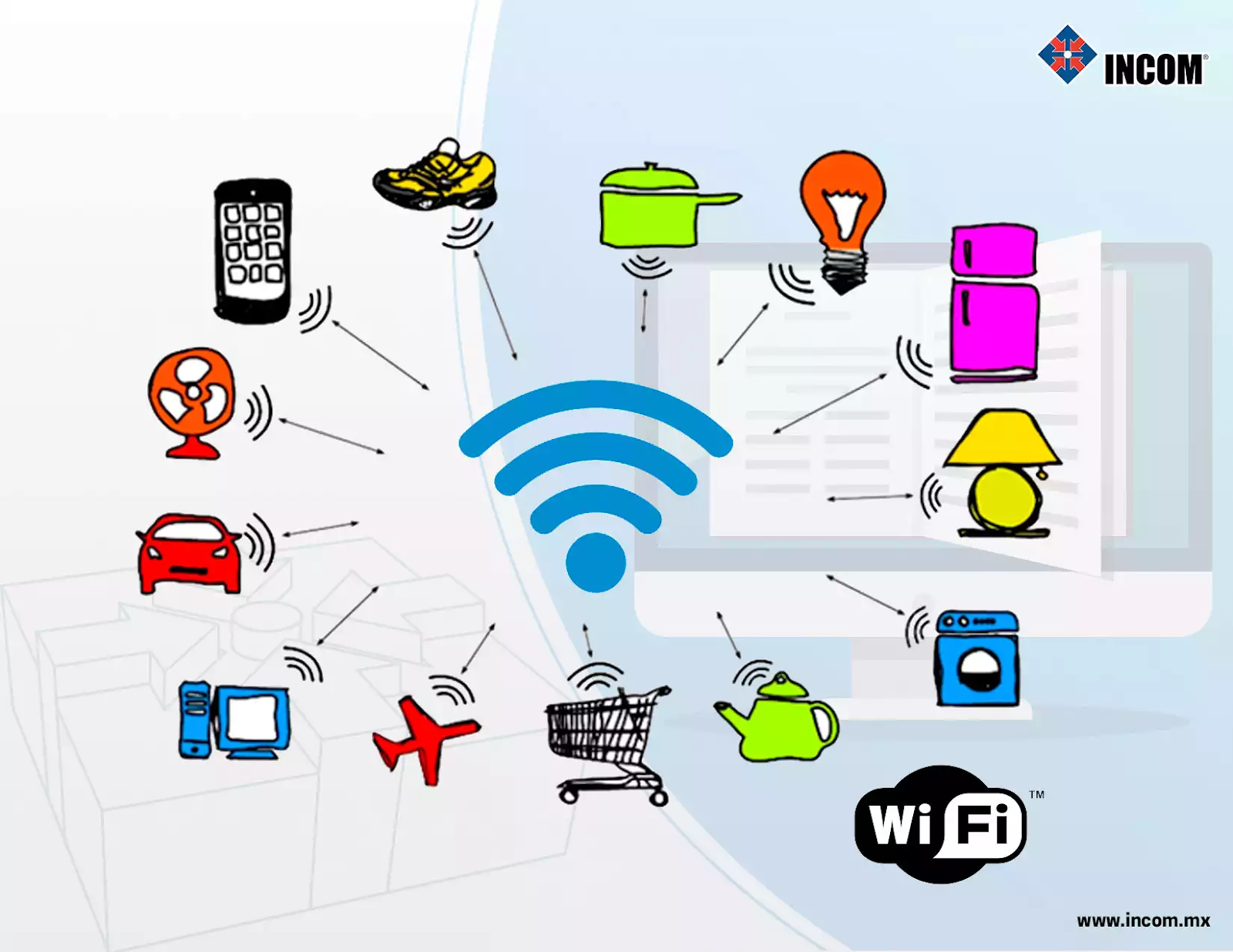Connectividy
Connnectivity
Intro:
In this blog will be
about the connectivity and terms about it, but first, what is
connectivity?
Base on the
information from buske, "connectivity is in logistics refers to the ability of
various devices, vehicles, and systems to connect and interact, enabling
real-time information exchange across the supply chain."
Some zones were the connectivity is more
used is Asia, Europa, América, Urban zones and Developed Countries
Definition:
Browser
According to
teachtarget (2019), "A browser is an application program that provides a way to look at
and interact with all the information on the World Wide Web. This includes Web
pages, videos and images."
Some of the
more used browsers in te World is Google Chrome, Safari, Mozilla Firefox and
Microsopft Edge
Retrieved from: TheWindowsClub News
IP Address
In the first, there are 2 types of IP, the
public and the private
The public IP, based on the information of
teltonikia(N/D), "A public IP address is an unique to the entire
Internet. Public IPs can be accessed globally; therefore, they are often used
by publicly accessible entities such as websites, DNS and VPN servers, etc."
And the private IP According to Goto(N/D), "An
Internet address created only for use on an Internal network. Private addresses
are issued by a network device, such as a router, which extracts then from a
set of addresses assigned by a server DHCP"
DNS
As the cloudfare(N/D), "The Domain Name System
(DNS) is the phonebook of the Internet. When users type domain names such as
‘google.com’ or ‘nytimes.com’ into web browsers, DNS is responsible for finding
the correct IP address for those sites."
Domain
According to
mailchimp(N/D), "A domain or domain name is What appears between @ in your email
address and .com .org .net, etc., like yourname@domain.com. Domains help your
customers find and remember where your business is on the Internet"
Firewall
According to cisco(N/D), "A firewall is
a network security device that separates a trusted internal network
from an external network deemed untrustworthy, such as the internet. It
regulates incoming and outgoing network traffic based on preset security rules."
Hosting
Based on the information of Liquidweb(N/D), "Web
hosting is a service that stores your website’s files on a server and makes
them accessible on the internet. Hosting providers supply the technologies and
infrastructure needed to keep your site online, including server space, bandwidth,
and security"
Retrieved from: Kinsta
Html
According to Code Institude(2020), "HTML is a
standardised system for tagging text files that creates the structure for just
about every page that we find and use on the web. It’s HTML that adds in page
breaks, paragraphs, bold lettering, italics, and more. HTML works to build this
structure by using tags that tell browsers what to do with text."
http
As the Haproxi(2024), "Hypertext Transfer
Protocol (HTTP) is one of the internet's foundational protocols, enabling
reliable communication between clients and servers at the application layer
(Layer 7) of the Open Systems Interconnection (OSI) model. Powering
human-computer interaction, the HTTP protocol allows clients to request or
manipulate data using HTTP requests. Web browsers rely heavily on the protocol
to enable this."
Retrieved from: Cavsi
DHCP
Based on the information on portnox(N/D), "The DHCP
(Dynamic Host Configuration Protocol) is a network protocol used to
automatically assign IP addresses and other configuration parameters to devices
on a network. It simplifies the process of setting up and managing IP addresses
by dynamically allocating them as devices connect to the network. This is
especially useful in larger networks where manual IP address configuration
would be time-consuming and error-prone."
ETHERNET
According to bobology(N/D), "Ethernet is the
most widely used technology for wired (as opposed to wireless) network
connections and is an industry-standard managed by the International
Electronics and Engineering Association (IEEE). Wireless technologies such as
WiFi or Bluetooth have their specifications and standards. While a network may
have a combination of wired and wireless connections (such as a wired computer
and a wireless laptop), the wired part of the network refers to Ethernet."
ISP
According to ProtonVPN(2023), "An internet
service provider (ISP) is the company that connects you to the internet,
resolves domain names, routes internet traffic, and is responsible for helping
to maintain the network infrastructure that makes the internet possible."
WIFI
Based on the information from WaTech(N/D), "Wi-Fi
is a wireless networking technology that uses radio waves to provide wireless
high-speed Internet access. A common misconception is that the term Wi-Fi is
short for "wireless fidelity," however Wi-Fi is a trademarked phrase
that refers to IEEE 802.11x standards."
Retrieved from: Incom
Access point
As the Huawei(2025), "An access point (AP) is a
networking device that uses Wi-Fi technology to provide wireless access
services for wireless stations (STAs). Wi-Fi is a mainstream communications
technology used by APs, while WLAN is a wireless local area network consisting
of devices such as APs and access controllers (ACs)." -
Shipping protocol
Based on the information from CompTIA(2024), "A network protocol is an established set of rules that determine how data is
transmitted between different devices in the same network. Essentially, it
allows connected devices to communicate with each other, regardless of any
differences in their internal processes, structure or design."
Retrieved from: rfsmart














Only 13 terms were defined. Missing some pictures on some of them.
ResponderBorrar